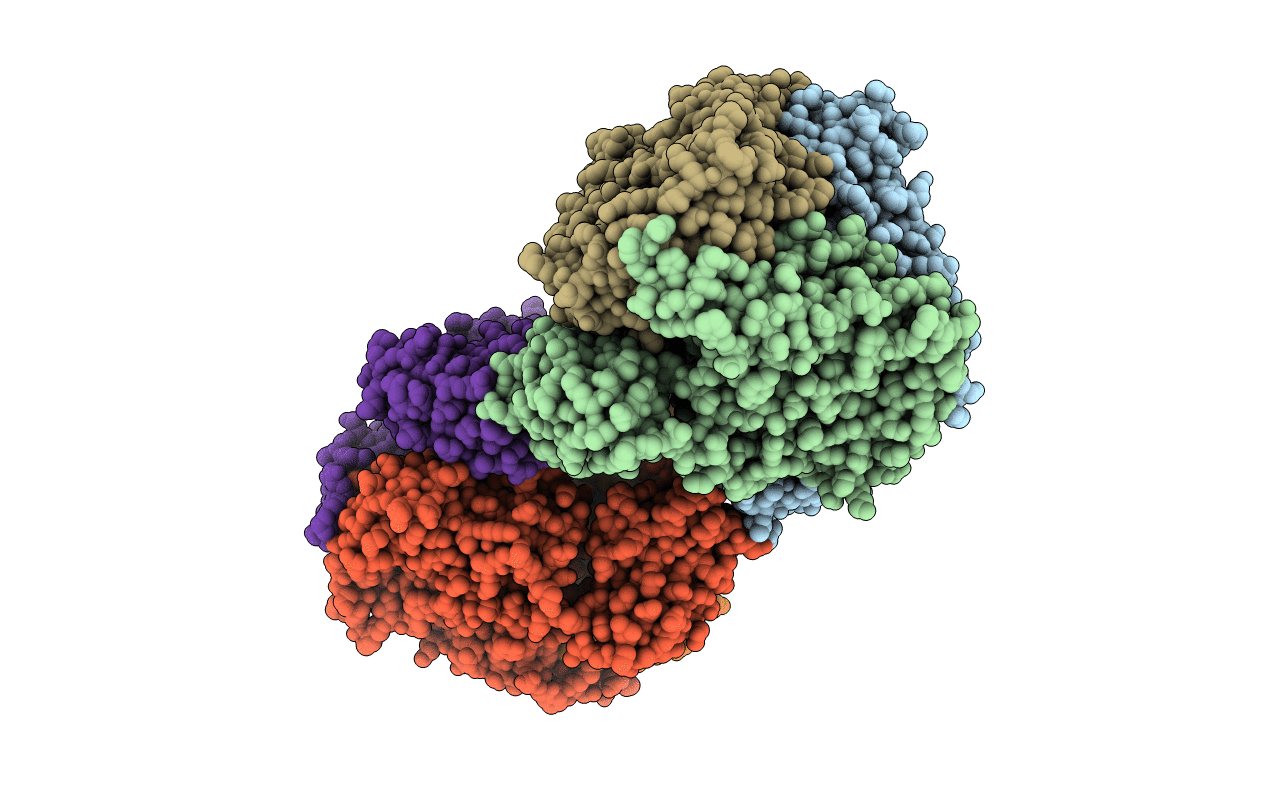
Deposition Date
2006-07-28
Release Date
2007-02-20
Last Version Date
2023-10-25
Entry Detail
PDB ID:
2DV6
Keywords:
Title:
Crystal structure of nitrite reductase from Hyphomicrobium denitrificans
Biological Source:
Source Organism:
Hyphomicrobium denitrificans (Taxon ID: 53399)
Method Details:
Experimental Method:
Resolution:
2.20 Å
R-Value Free:
0.16
R-Value Work:
0.15
R-Value Observed:
0.15
Space Group:
P 41


